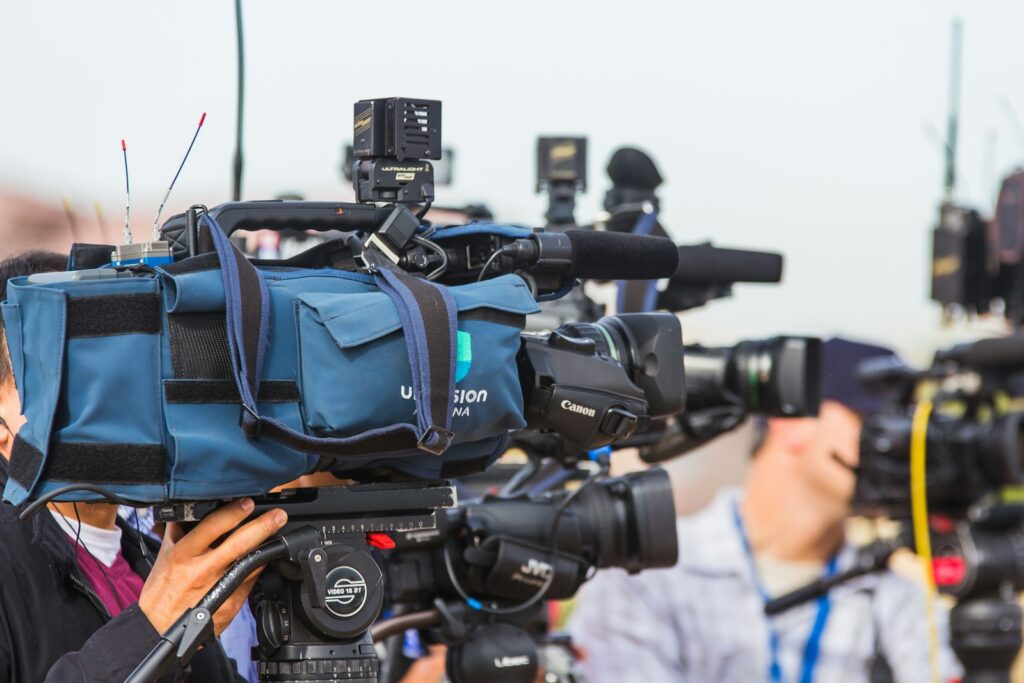Navigating the Intricacies of Vietnamese-English Translation: Innovation Meets Challenge
In the world of translation, technology is a big player, especially for humor. I find it fascinating how AI advancements like GPT-4 tackle humor translation. They aim to match or even beat human humor translation in quality. Yet, capturing cultural nuances remains a puzzle. Humans excel at this, bringing depth and understanding to each joke.
AI, with its speed and scale, needs a hand from humans to maintain humor translation quality. Together, they form a unique humor translation paradigm, blending technology with human touch. AI-powered humor translation tools are making strides, but they still rely on human oversight for accuracy.
As we explore this space, we must focus on improving translation quality for a seamless experience across languages.
Key Takeaways
-
Technology plays a major role in Vietnamese-English translation, especially for humor.
-
AI advancements like GPT-4 improve humor translation but need cultural insights.
-
The humor translation paradigm blends AI’s speed with human depth for better results.
-
Establishing translation quality standards boosts both AI and human translation efforts.
-
Dubbing humor translations requires aligning cultural context with linguistic flow.
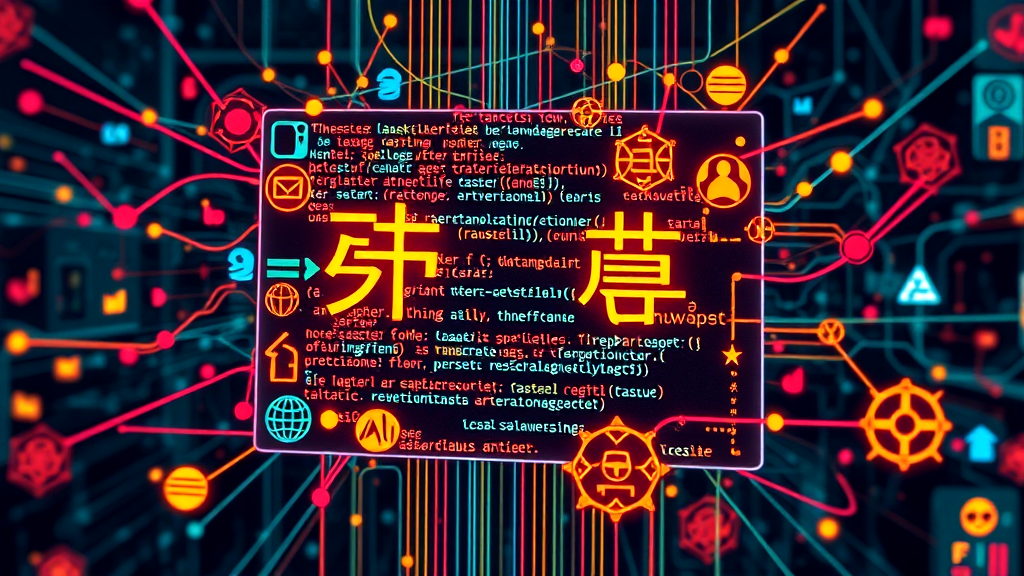
The Role of Technology in Translation
The function of technology in modern translation intrigues me, especially in the realm of humor. Take Vietnamese English translation; it’s like translating a joke where the punchline might get lost. AI-powered humor translation tools, like GPT-4, are stepping up to this challenge. These tools attempt to capture the essence of humor, yet they often stumble on cultural nuances.
With machine translation, it’s a bit hit or miss. AI might nail the timing, but miss the frisson. That’s where the art of translation really shines. Here, human insights are invaluable. It’s like watching a magic trick when an AI gets it right, but there’s always a shadow of doubt.
Enter the realm of humor translation capabilities. These are growing, but there’s still a long way to go. From what I’ve seen, blending AI’s computational power with human intuition can lead to promising results.
With translation quality under scrutiny, Vietnamese English translation benefits from this tech-human tango. Balancing AI’s speed with human understanding is key. Charles Bladen could probably tell you a tale or two about it. It’s a journey, one punchline at a time.
|
Aspect |
Technology’s Role |
Human Involvement |
Challenge |
|---|---|---|---|
|
Humor Translation |
AI helps with speed |
Humans ensure cultural relevance |
Balancing humor and cultural context |
|
Machine Translation |
Offers quick translations |
Humans refine for cultural nuances |
Maintaining humor’s original intent |
|
Translation Quality |
AI can provide drafts |
Humans refine for accuracy |
Achieving high fidelity in humor translation |
|
AI-Powered Tools |
Automates aspects of humor |
Humans oversee for cultural accuracy |
Ensuring humor is understood by diverse audiences |
|
Cultural Nuances |
Technology identifies patterns |
Humans provide cultural insights |
Adapting humor for different cultural contexts |
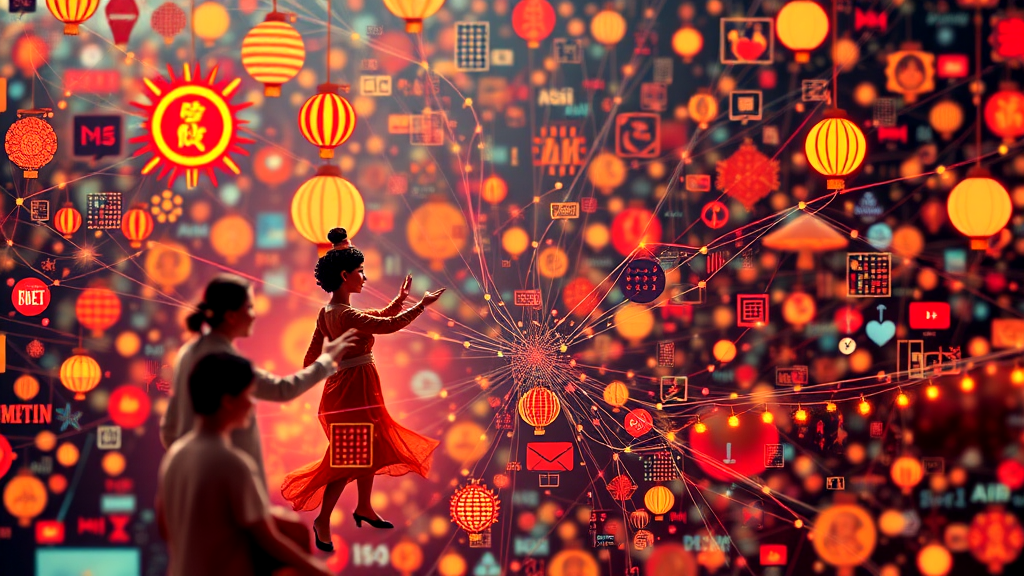
Human vs. Machine: Translation Quality
Exploring the differences in translation quality between humans and AI models like GPT-4 is like comparing apples and oranges. Each has its strengths and weaknesses. When it comes to Vietnamese English translation, humans shine in understanding cultural references and the subtleties of humor. This is crucial for maintaining the original intent and context of the message.
AI, on the other hand, offers speed and cost efficiency. It can churn out translations faster than a human can blink. Yet, it sometimes misses the frisson of humor, those little nuances that make a joke funny in one language but fall flat in another.
What we need is a symbiotic relationship. Humans and AI working hand in hand can achieve what neither can alone. While AI can handle the bulk of the translation process, humans can refine and adapt the output. This ensures the humor translation retains its original flair and cultural relevance.
Compromise might just be the secret sauce here. Maybe AI provides the skeleton, and humans flesh it out. After all, two heads—or in this case, a head and a hard drive—are better than one.
|
Aspect |
Human Translators |
AI Models |
Collaboration |
|---|---|---|---|
|
Speed |
Moderate |
Extremely fast |
Balanced by human finalization |
|
Cultural Relevance |
High |
Needs improvement |
Enhanced through human input |
|
Humor Translation |
Captures subtleties |
Often struggles |
Blends machine efficiency with human insight |
|
Vietnamese English Translation |
Deep cultural understanding |
Requires further training |
Leverages both cultures to enhance accuracy |
|
Cost |
Higher investment |
Cost-effective |
Reduced costs with quality assurance by humans |
-
Human insight ensures cultural relevance.
-
AI offers fast, cost-effective solutions.
-
Collaboration enhances translation accuracy.
-
Humor translation requires nuanced understanding.
-
Vietnamese English translation benefits from human-AI teamwork.
-
AI models need continual refinement.
-
Balancing technology and human input is crucial.
-
Ensuring humor’s original intent remains intact.

Humor Translation: A Unique Challenge
Tackling humor translation is like juggling flaming swords while wearing a blindfold. In the realm of Vietnamese English translation, humor adds an extra layer of complexity. The challenges stem from translating puns, idioms, and cultural quirks. When I tackle these, I often feel like I’m decoding an ancient script with missing pages.
The humor translation capabilities of AI are progressing but still need a human touch. AI struggles with the frisson of cultural nuances. Ever tried explaining a joke that fell flat? That’s the hurdle AI faces. Humans, on the other hand, can grasp these subtleties and tweak translations for better audience connection.
When working with humor translation platforms, I find the key is collaboration. Machines provide the speed, while humans ensure the laughs land. In Vietnamese English translation, a balance of tech and human insight is like the yin and yang of comedy.
Here’s a peek at some challenges in humor translation:
|
Challenge |
Vietnamese English Translation |
AI Role |
Human Role |
|---|---|---|---|
|
Cultural References |
High |
Limited |
Essential |
|
Wordplay |
Complex |
Initial Draft |
Final Adaptation |
|
Audience Connection |
Crucial |
Data Analysis |
Emotional Insight |
|
Linguistic Subtleties |
Intricate |
Basic Structure |
Detailed Nuance |
|
Original Intent |
Vital |
Framework |
True Essence |
The article by Bentivogli et al. dives into adaptive machine translation, shedding light on these complexities.

Understanding Humor Translation Paradigm
The path to humor translation involves juggling linguistic precision and contextual adaptation. In Vietnamese English translation, this dance is intricate, with AI offering a helping hand. These humor translation capabilities are evolving, but human touch ensures cultural relevance. AI generates drafts, while human translators polish them, making sure the joke lands well.
There’s a frisson of excitement in seeing AI’s potential. Yet, human oversight is like the cherry on top, ensuring the translation feels right. As humor translation evolves, collaboration between humans and AI is key. Translation isn’t just about words; it’s about capturing the essence, the rhythm, the laugh.
AI-powered humor translation tools are stepping up, but they need the human element for finesse. Translation humor demands an understanding of cultural nuances and timing. Without it, jokes may fall flat. So, while machines speed up the process, the heart of humor comes from humans who know the audience like an old friend.
For those interested in the humor translation study, A. Ross’s article, “The Language of Humour,” offers fascinating insights. With these insights, humor translation becomes a vibrant exchange between languages.
|
Vietnamese English Translation |
AI Contribution |
Human Touch |
Cultural Nuance |
|---|---|---|---|
|
Initial Drafts |
Fast and Scalable |
Nuanced |
Essential |
|
Frisson |
Exciting |
Finessed |
Adapted |
|
Timing |
Automated |
Polished |
Resonant |
|
Cultural Relevance |
Data-Driven |
Personalized |
Integral |
|
Wordplay |
Processed |
Interpreted |
Subtle |
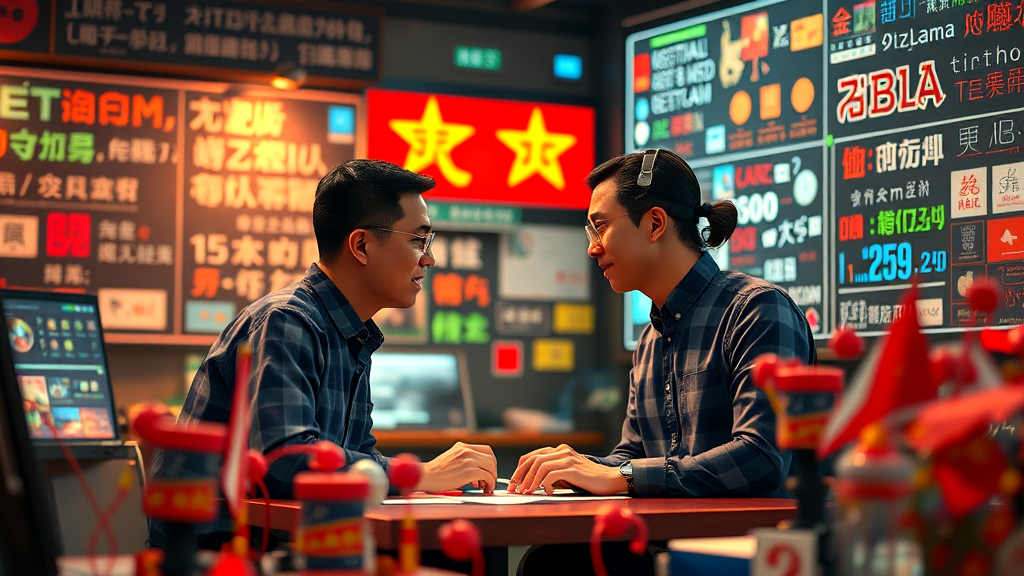
AI-Powered Humor Translation Tools
Leveraging AI for humor translation is like walking a tightrope with a safety net—exciting and slightly terrifying. AI tools are making strides in humor translation by processing vast datasets with natural language prowess. Yet, it’s like teaching a parrot to tell jokes; it gets the words, but not always the punchline.
Consider Vietnamese English translation—a wild ride where cultural nuances and timing can feel like trying to catch a chicken with chopsticks. AI offers draft translations, but human translators polish this draft to ensure that humor lands smoothly. This partnership is like a dance, balancing technology with a human touch.
Here’s a peek into the dynamic:
|
Aspect |
AI Contribution |
Human Role |
Outcome |
|---|---|---|---|
|
Initial Drafts |
Fast and Scalable |
Nuanced |
Essential |
|
Frisson |
Exciting |
Finessed |
Adapted |
|
Timing |
Automated |
Polished |
Resonant |
|
Cultural Relevance |
Data-Driven |
Personalized |
Integral |
|
Wordplay |
Processed |
Interpreted |
Subtle |
-
Automation in translation
-
Human oversight and empathy
-
Capturing cultural essence
-
Adapting humor for audiences
-
Testing for viewer engagement
In this dance, AI tools can create frisson without losing the essence of humor. Brown et al.’s research, “Language Models Are Few-Shot Learners,” notes AI’s growing competencies, yet the human touch remains invaluable. AI and humans together, like two peas in a pod, make humor in translation a laugh riot.

Evaluating Translation Quality Standards
When assessing translation quality standards, especially in Vietnamese English translation, I’ve noticed the significance of cultural integration. The balance between linguistic precision and cultural adaptation is a tightrope walk. AI has made strides, yet it often stumbles over cultural nuances. Human translators bring essential insights, ensuring translations resonate with the audience.
In my experience, viewer comprehension and enjoyment are top priorities. The success of a translation depends heavily on these metrics. These standards guide me to areas needing improvement, whether tweaking AI algorithms or adjusting human methodologies. It’s like tuning a musical instrument, each adjustment making the final piece more harmonious.
|
Evaluation Metrics |
Importance |
AI Role |
Human Role |
|---|---|---|---|
|
Viewer Comprehension |
High |
Initial Draft |
Refinement |
|
Cultural Relevance |
Critical |
Limited |
Essential |
|
Linguistic Subtleties |
Moderate |
Basic |
Detailed |
|
Audience Engagement |
Essential |
Supportive |
Lead |
-
Prioritize audience engagement metrics.
-
Blend AI speed with human insight.
-
Focus on cultural relevance.
-
Enhance viewer comprehension.
-
Refine AI-generated humor translation tools.
-
Ensure linguistic subtleties are well captured.
-
Adapt humor translation for diverse audiences.
-
Balance tech and human inputs for quality outcomes.
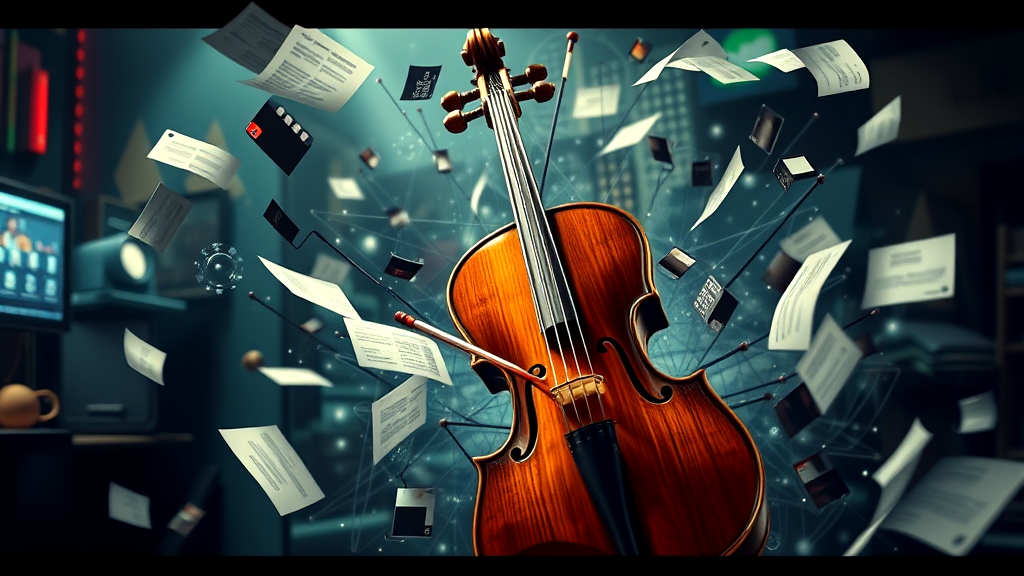
Dubbing and Subtitling Humor Translations
Handling humor in dubbing and subtitling presents a unique array of challenges. This isn’t just about translating words; it’s about capturing the soul of humor. I mean, who doesn’t love a good chuckle, right? But humor can be a slippery fish, especially in Vietnamese English translation. Imagine trying to explain a joke to someone who doesn’t share your cultural references—tricky, huh?
AI has certainly brought some nifty tools to the table. Yet, it’s like a chef with a recipe but missing the secret ingredient. That’s where humans step in, adding that pinch of cultural spice. The frisson of humor, the little thrill that makes a joke land, often requires a human touch.
Platforms that focus on generating humor translations aim to close this gap. They combine AI’s efficiency with human insight. My experience is that they’re making strides, but there’s still room for improvement. It’s a dance of technology and creativity, finding the rhythm that makes an audience laugh.
|
Vietnamese English Translation |
Challenge |
Solution |
Example |
|---|---|---|---|
|
Timing |
Syncing |
Human input |
Subtitles |
|
Cultural Adaptation |
Nuances |
Collaborative editing |
Puns |
|
Linguistic Flow |
Rhythm |
AI support |
Dialogue |
|
Humor Intent |
Essence |
Human review |
Jokes |
|
Audience Resonance |
Engagement |
Platform tools |
Slang |

Five Key Challenges in Translation
Exploring the challenges in translation, particularly Vietnamese English translation, is like solving a puzzle. Let’s break it into pieces. First, cultural nuances can be tricky. I’ve seen phrases that don’t just translate; they transform. Then, there’s the dance of linguistic subtleties, where a single word can change the entire meaning.
Humor? That’s a whole other ballgame. Adapting it for different audiences is like trying to explain a joke and still make it funny. Keeping the original intent intact while balancing tech and human input brings its own set of hurdles. The frisson of getting it right is real.
Here’s a quick rundown of challenges:
-
Cultural nuance capturing.
-
Linguistic subtlety conveying.
-
Adapting humor for varied audiences.
-
Maintaining humor’s intent.
-
Balancing tech and human input.
|
Challenge |
Vietnamese English Translation |
Human Input |
Technology |
|---|---|---|---|
|
Cultural Nuances |
Complex |
Needed |
Limited |
|
Linguistic Subtleties |
Delicate |
Essential |
Evolving |
|
Humor Adaptation |
Tough |
Crucial |
Supportive |
|
Maintaining Intent |
Tricky |
Important |
Assistive |
|
Tech-Human Balance |
Dynamic |
Collaborative |
Progressive |
The realm of humor translation isn’t solely for AI. Human translators play a crucial part. E.M. Bender’s research highlights challenges in large language models, underscoring the need for collaboration in Vietnamese English translation. Read more
Future Trends in Vietnamese English Translation
In considering the Vietnamese English translation, it’s clear that technology and human translators are essential partners. AI continues to make strides in capturing linguistic elements, yet it still stumbles on cultural nuances. Human translators, with their rich cultural insights, fill this gap. Together, they create an effective translation process that balances speed and accuracy.
This collaboration is particularly evident in generated humor translation. AI can offer quick drafts, but human oversight ensures the humor maintains its cultural frisson. As humor translation evolves, new humor translation platforms might emerge, particularly those blending AI’s efficiency with human expertise.
Looking forward, the Vietnamese English translation field will likely embrace more sophisticated AI-human collaborative tools. These advancements will focus on enhancing cultural knowledge representation and natural language understanding. This approach aims to improve translation accuracy, bridging the gap between human and AI capabilities.
Trends and Tools in Vietnamese English Translation
|
Aspect |
AI Role |
Human Role |
Combined Effect |
|---|---|---|---|
|
Capturing Nuances |
Limited |
Extensive |
Comprehensive |
|
Speed |
Fast |
Moderate |
Balanced |
|
Cultural Sensitivity |
Lacking |
In-depth |
Complete |
|
Humor Translation |
Drafts |
Refinement |
Enhanced |
|
Cost |
Low |
Variable |
Optimized |
-
AI-human partnerships will rise.
-
Cultural nuance capturing will improve.
-
Natural language understanding will advance.
-
New humor translation tools will develop.
-
Cost-effectiveness will increase.
-
Viewer engagement will be prioritized.
-
Translation accuracy will enhance.
-
Collaborative quality standards will emerge.
Conclusion
The journey of translating Vietnamese humor into English is both exciting and challenging. I am amazed by how far technology has come, yet sometimes I find myself chuckling at its quirks. AI like GPT-4 is impressive, but humor is a wild beast that doesn’t always play by the rules. Often, it needs the human touch to truly shine through.
In the future, I anticipate even more collaboration between AI and humans. Think of it as a dance where both partners bring something unique to the floor. This teamwork is essential for capturing humor’s essence and ensuring translations hit the right notes. I’m hopeful for a world where technology and human insight blend seamlessly, creating translations that are not just accurate but also culturally vibrant.
FAQ
-
How does technology impact Vietnamese-English translation?
Technology, especially AI, enhances translation by providing speed and cost-effectiveness. AI models like GPT-4 can handle large volumes and offer quick translations. Yet, translating humor and cultural nuances remains challenging. Combining AI’s efficiency with human translators’ cultural insights strikes a balance. Are machine translations as good as human translations?
Not quite. Machines excel in speed and handling vast data, but they lack cultural depth. Human translators bring essential cultural context and emotional understanding. While AI can draft translations, humans refine them for cultural accuracy and empathy. Why is humor translation so difficult?
Humor is tricky because it relies on wordplay and cultural references. AI struggles with the subtlety of jokes and idioms. Humans understand the cultural context and adapt humor to fit different audiences, ensuring it resonates well. How are humor translation tools evolving?
AI tools like GPT-4 leverage large datasets for humor translation but still need human oversight. They offer good initial drafts, but refining jokes for cultural relevance requires a human touch. AI and humans together improve translation quality. What are the main challenges in Vietnamese-English translation?
The biggest hurdles include capturing cultural nuances and linguistic subtleties. Adapting humor for varied audiences without losing its original intent is tough. Balancing AI’s speed with human insight is crucial for successful translations./html>
To be creative, you must embrace curiosity, challenge the ordinary, take risks, and seek inspiration from diverse experiences.